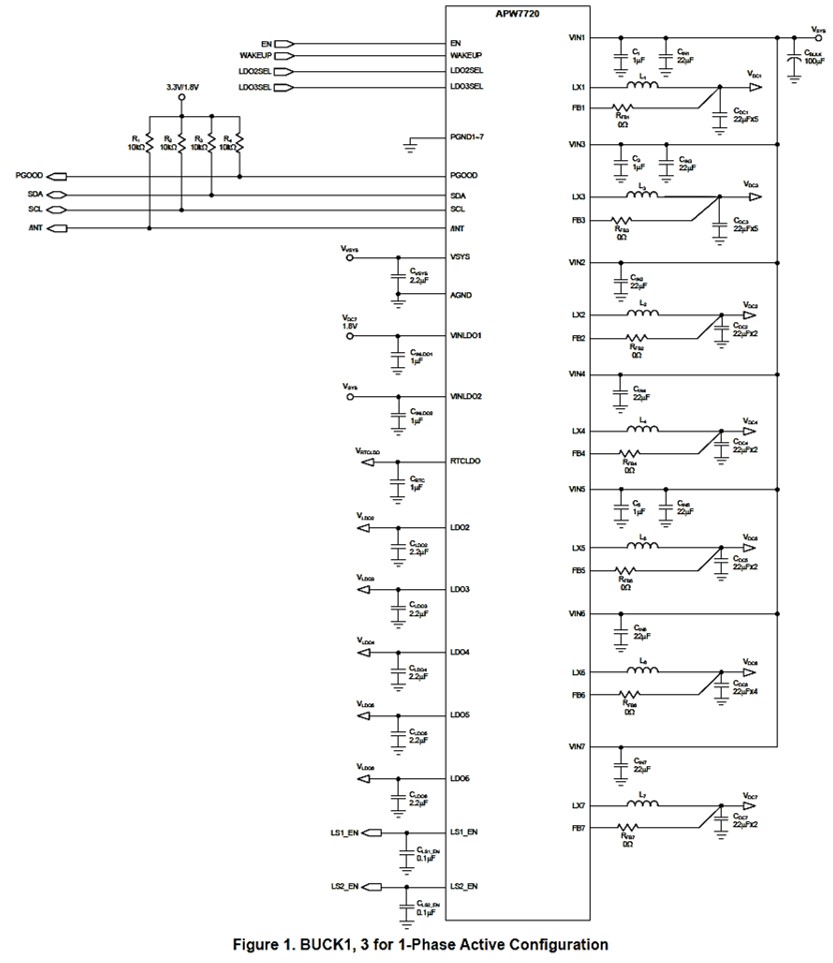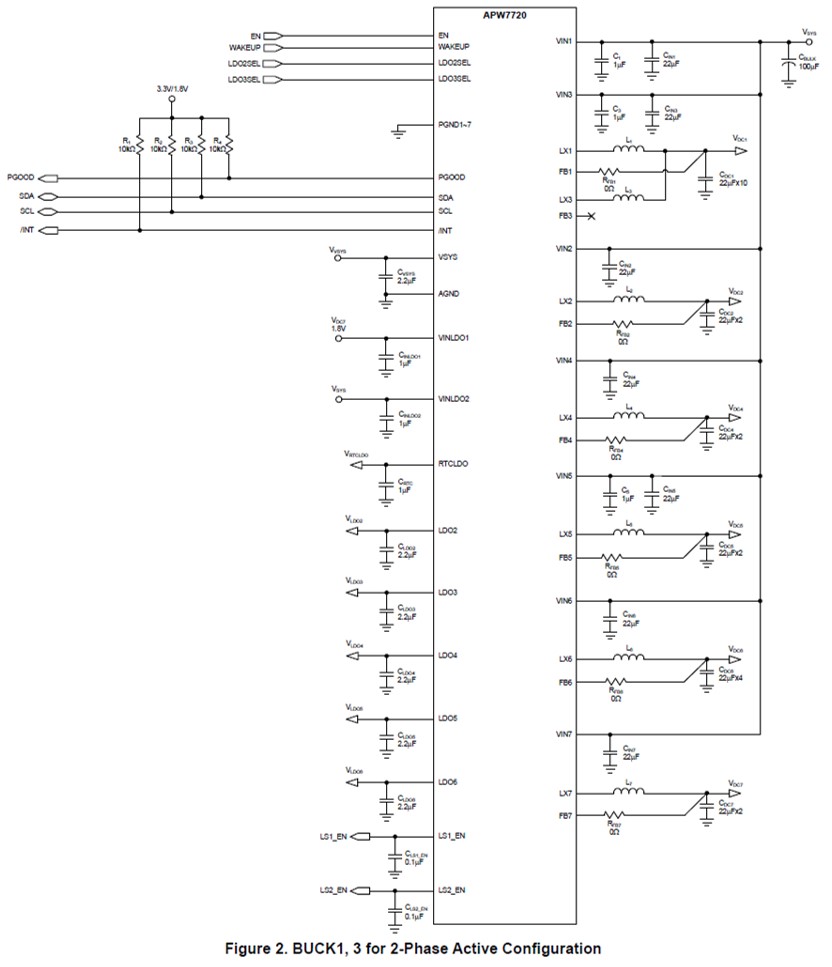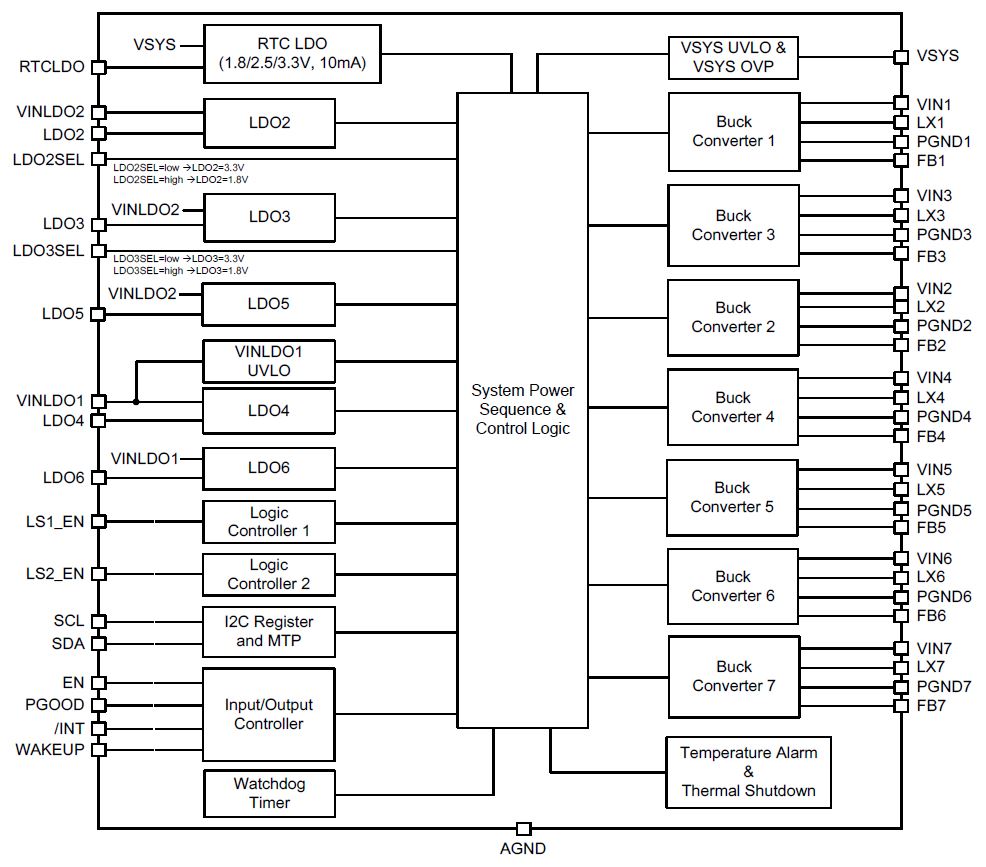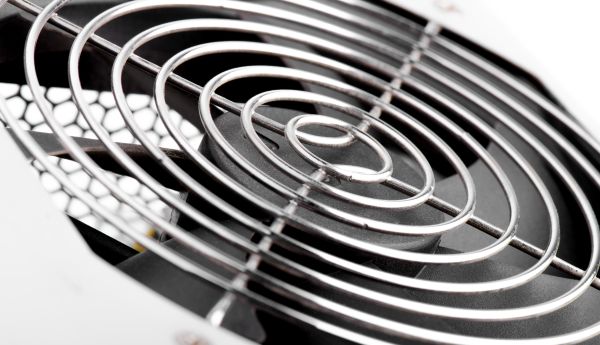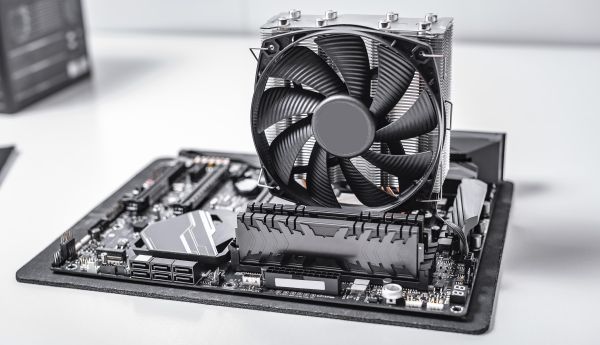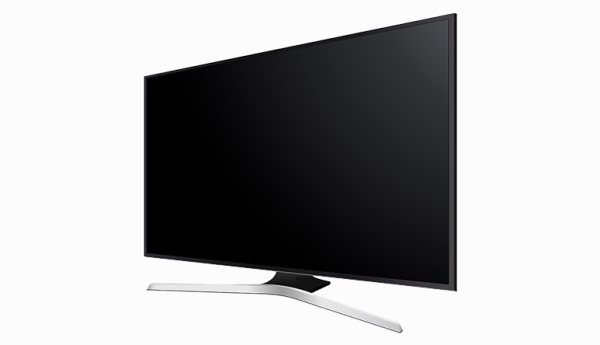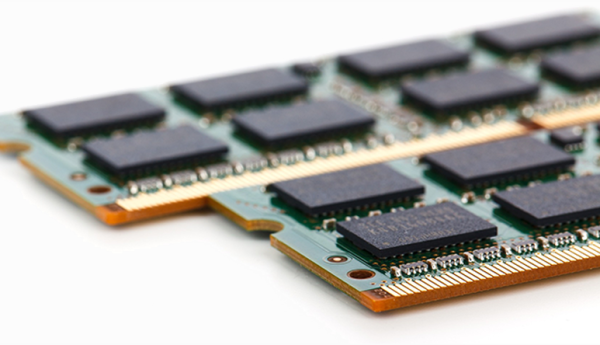In accordance with personal data protection laws enforced by the European Union, we are committed to protecting your personal data and providing you with control over your personal data.
We have updated and will periodically update our Privacy Policy, to comply with the personal data protection. Please refer to our latest version of Privacy Policy。
This website uses cookies to provide a better browsing experience. To find out more about the cookies we use, pleas check here。
APW7720
Active
The PMIC Features 7 Buck Converters, 6 LDOs, 2 LSs, and Flexible System Settings via I2C and MTP
Features
Charger
- BUCK2: 1V ~ 3.4V, 10mV Step, 2A
- BUCK3: 0.45V ~ 1.275V, 3.75mV Step, 6A
- BUCK4: 0.6V ~ 1.54V, 5mV Step, 3A
- BUCK5: 0.45V ~ 1.275V, 3.75mV Step, 3A
- BUCK6: 1V ~ 3.4V, 10mV Step, 2A
- BUCK7: 1V ~ 3.4V, 10mV Step, 2A
- LDO2: 1V ~ 3.4V, 50mV Step, 300mA
- LDO3: 1V ~ 3.4V, 50mV Step, 300mA
- LDO4: 0.6V ~ 1.23V, 10mV Step, 200mA
- LDO5: 1V ~ 3.4V, 50mV Step, 150mA
- LDO6: 0.6V ~ 1.23V, 10mV Step, 300mA
General Description
The APW7720 is a Power Management IC (PMIC) designed to provide complete power management solution for Surveillance Cam, IP Cam and Video Conference-Call applications. It integrates a PWM power stage and well-designed control circuitry to minimize the need for external components, thereby simplifying layout in constrained PCB areas. This device features 7 adjustable output voltage buck converters, 6 adjustable output voltage low-noise LDOs, and 2 sets of built-in logic control signal outputs selectable at 1.8V or 3.3V, all of which can be configured via I2C. The APW7720 features protection functions against over current, output over/under voltage, VSYS over voltage and over temperature to prevent catastrophic failure. Fault events also cause a state change on the PGOOD and /INT output pins, which is helpful for interrupt control or debugging. Additionally, it integrates two Under-Voltage Lockout (UVLO) features to monitor the voltages of VSYS and VINLDO1, thereby preventing improper operation during power-up and power-down. An I2C interface is provided in this device for the system designer to customize settings or presets using Multi-Time Programmable (MTP) features, including power-up/down sequence, output voltage, ramp-up/down time, power-good delay time, watchdog timer, PWM switching frequency, forced PWM mode or automatic PFM/PWM mode, output discharge mode or ramp-down mode, and latch off mode or auto-reboot mode. These customizable MTP settings give system designers the flexibility to optimize performance for various use cases, ensuring efficient and reliable operation. The APW7720 is halogen and lead free device, compliant with RoHS, available in TQFN6x6-52B package.
Features
Charger
- 3.5V to 5.5V Operating Input Range
- Built-in UVLO, OVP for Main Input Voltage
- Built-in 7 High-Efficiency Step-Down Converters
- BUCK2: 1V ~ 3.4V, 10mV Step, 2A
- BUCK3: 0.45V ~ 1.275V, 3.75mV Step, 6A
- BUCK4: 0.6V ~ 1.54V, 5mV Step, 3A
- BUCK5: 0.45V ~ 1.275V, 3.75mV Step, 3A
- BUCK6: 1V ~ 3.4V, 10mV Step, 2A
- BUCK7: 1V ~ 3.4V, 10mV Step, 2A
- Configurable Dual Phase or Single Phase Regulator for BUCK1/BUCK3
- Configurable PWM Switching Frequency from 400kHz to 2.5MHz
- Programmable Automatic PFM/PWM Mode, Forced PWM Mode
- Adjustable Ramp-Up Time and Ramp-Down Time for BUCK1 ~ BUCK7
- Built-in RTC Dedicated LDO and 5 Low-Noise LDOs
- LDO2: 1V ~ 3.4V, 50mV Step, 300mA
- LDO3: 1V ~ 3.4V, 50mV Step, 300mA
- LDO4: 0.6V ~ 1.23V, 10mV Step, 200mA
- LDO5: 1V ~ 3.4V, 50mV Step, 150mA
- LDO6: 0.6V ~ 1.23V, 10mV Step, 300mA
- Configurable LDO2/3 output 1.8V/3.3V by LDO2/3_SEL Pin
- Built-in Dual Sets of Logic Control Signal Outputs, Selectable at 1.8V or 3.3V
- Built-in Double Thermal Protection with Temperature Alarm and Thermal Shutdown
- Built-in Output Over Voltage Protection (OVP), Output Under Voltage Protection (UVP), Current Limit
- Built-in Interrupt Control and Reporting by /INT Pin
- Built-in PGOOD to Indicate the Power Status of All VRs
- I2C Bus and User Programmable MTP
- Programmable Power Sequence Control for All Channels via I2C
- Built-in Watchdog Timer, Programmable via I2C
- Supports Self-Refresh Mode via Off Mode Function
- Available in TQFN6x6-52B Package
General Description
The APW7720 is a Power Management IC (PMIC) designed to provide complete power management solution for Surveillance Cam, IP Cam and Video Conference-Call applications. It integrates a PWM power stage and well-designed control circuitry to minimize the need for external components, thereby simplifying layout in constrained PCB areas. This device features 7 adjustable output voltage buck converters, 6 adjustable output voltage low-noise LDOs, and 2 sets of built-in logic control signal outputs selectable at 1.8V or 3.3V, all of which can be configured via I2C. The APW7720 features protection functions against over current, output over/under voltage, VSYS over voltage and over temperature to prevent catastrophic failure. Fault events also cause a state change on the PGOOD and /INT output pins, which is helpful for interrupt control or debugging. Additionally, it integrates two Under-Voltage Lockout (UVLO) features to monitor the voltages of VSYS and VINLDO1, thereby preventing improper operation during power-up and power-down. An I2C interface is provided in this device for the system designer to customize settings or presets using Multi-Time Programmable (MTP) features, including power-up/down sequence, output voltage, ramp-up/down time, power-good delay time, watchdog timer, PWM switching frequency, forced PWM mode or automatic PFM/PWM mode, output discharge mode or ramp-down mode, and latch off mode or auto-reboot mode. These customizable MTP settings give system designers the flexibility to optimize performance for various use cases, ensuring efficient and reliable operation. The APW7720 is halogen and lead free device, compliant with RoHS, available in TQFN6x6-52B package.


